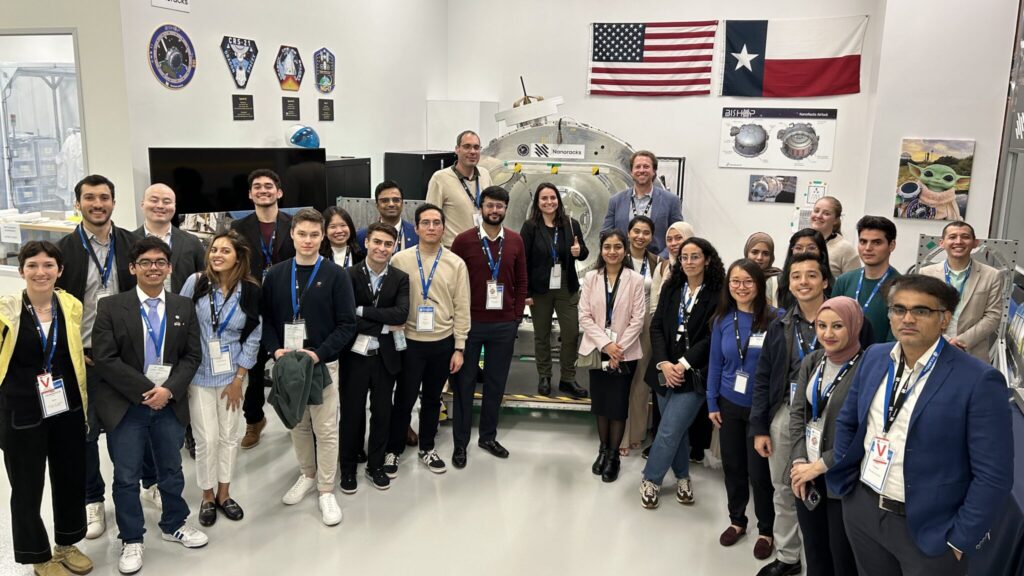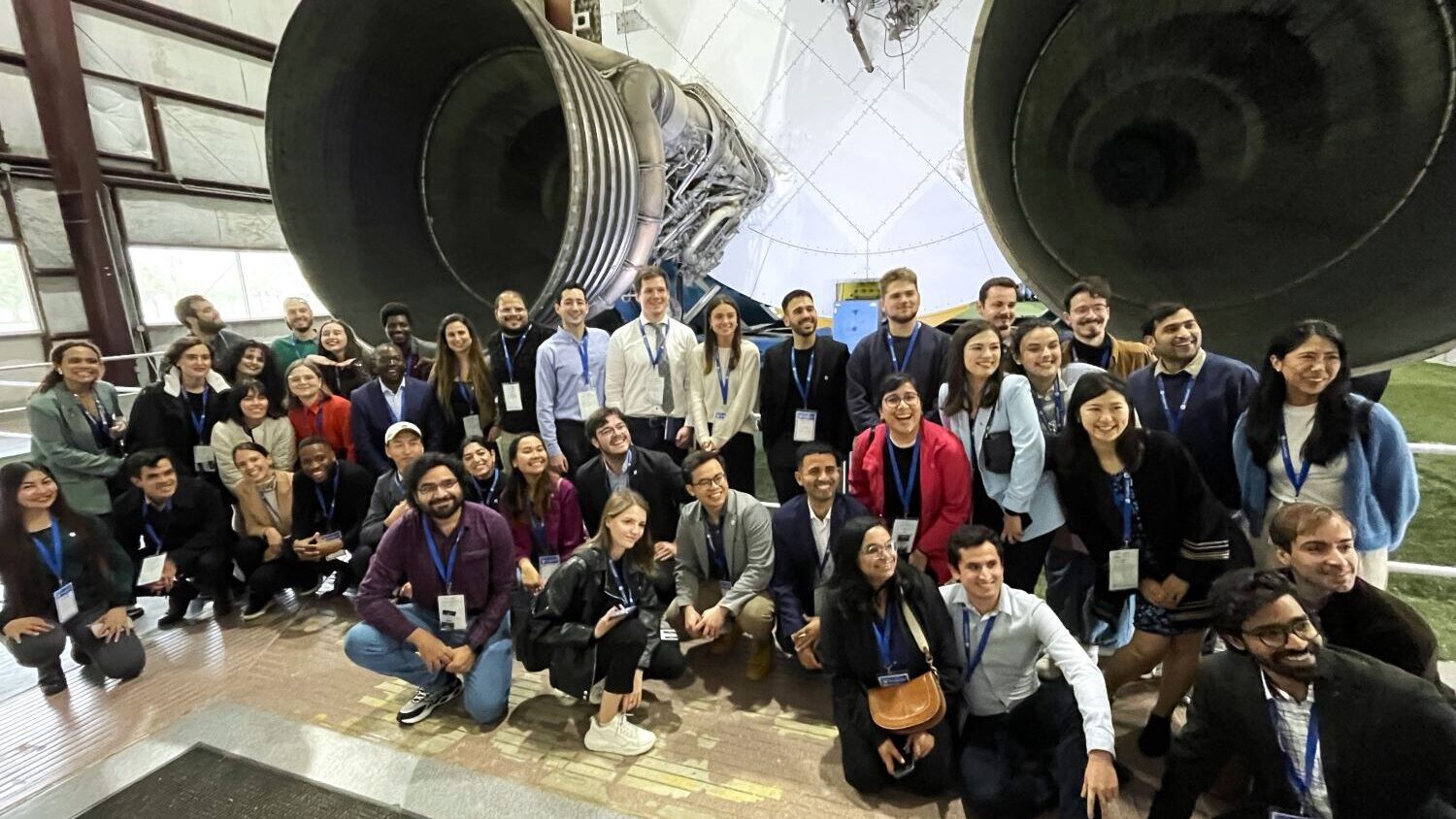
More than 50 years after the first astronaut walked on the moon, the prospect of interacting with a world beyond our planet continues to capture the collective imagination. Recent innovations in rocket launching, satellite imagery, and lunar and Mars rovers, from both the U.S. National Aeronautics and Space Administration (NASA) and the private sector, have reignited public interest in space exploration.
In February 2024, 122 Fulbrighters from 62 countries, studying at U.S. universities, gathered for a Fulbright Enrichment Seminar in Houston, Texas, which included a close-up look at some of the latest interdisciplinary breakthroughs. Fulbrighters engaged with experts from local universities and industry professionals in “Space City,” to examine where the international community stands in the field of space exploration, the limitations that hold us back, the creativity and collaborations that propel us forward, and the impact of new innovations.
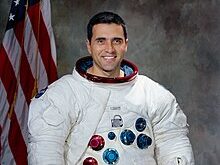
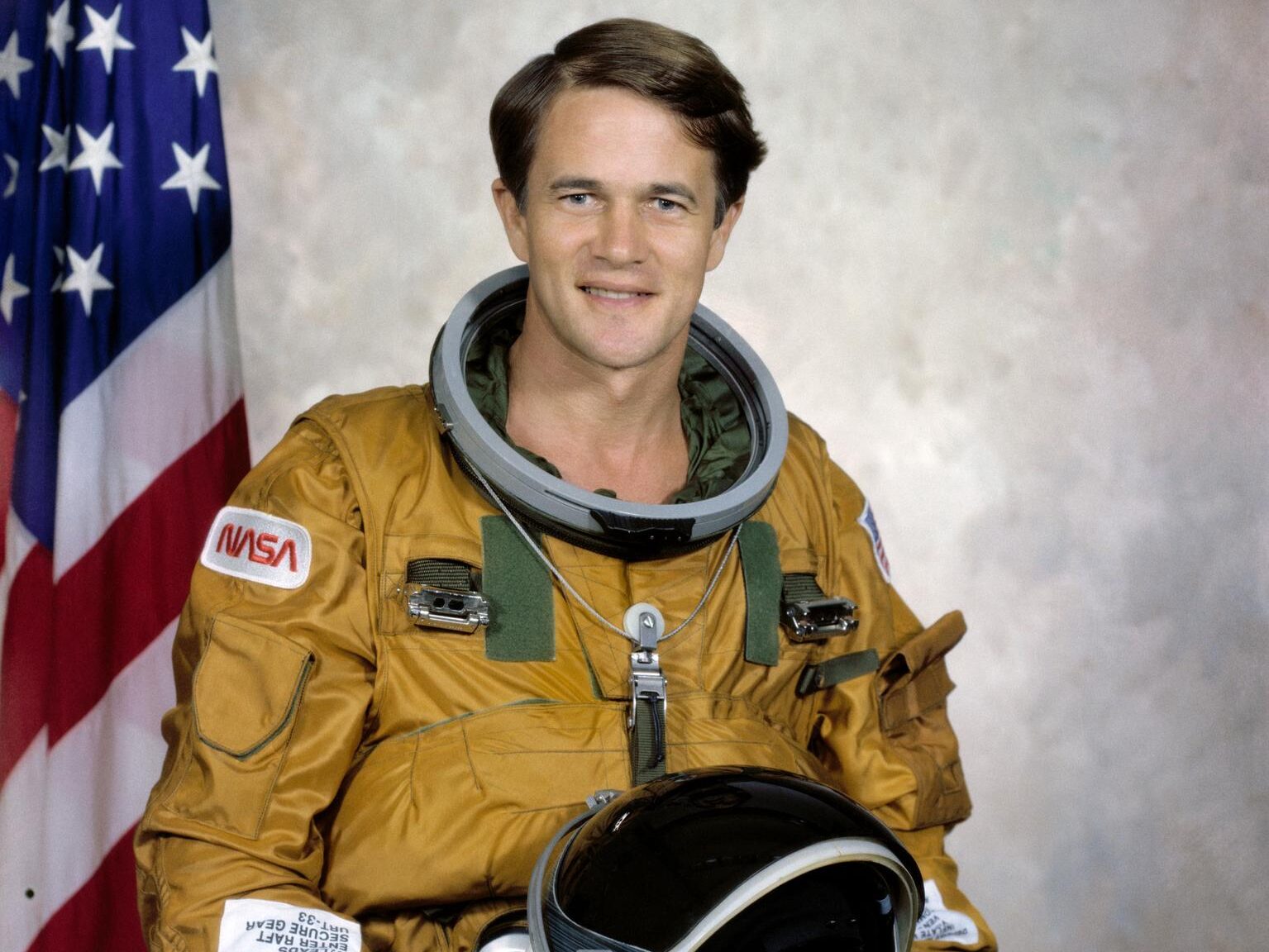
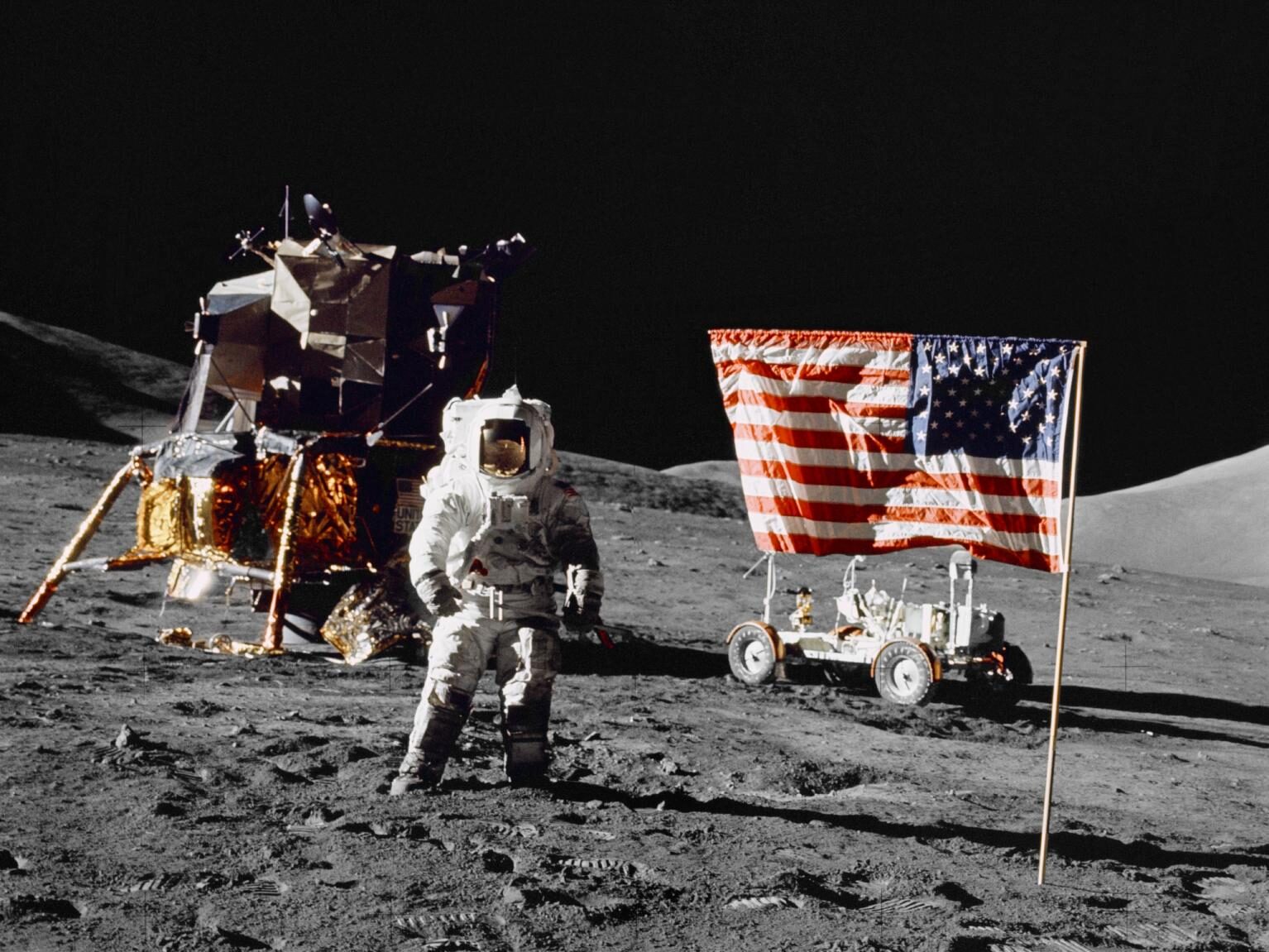
From the earliest days of space travel, Fulbrighters have used their knowledge and skills to advance NASA missions. Dr. Harrison H. Schmitt, 1956 Fulbright U.S. Student to Norway and geologist, piloted Apollo 17’s Lunar Module, landing on the Moon in December 1972. Dr. Joseph P. Allen, 1959 Fulbright U.S. Student to West Germany and nuclear physicist, flew on groundbreaking missions on space shuttles Columbia and Discovery in 1982 and 1984.
Fulbrighters continue to be pioneers in space exploration today.
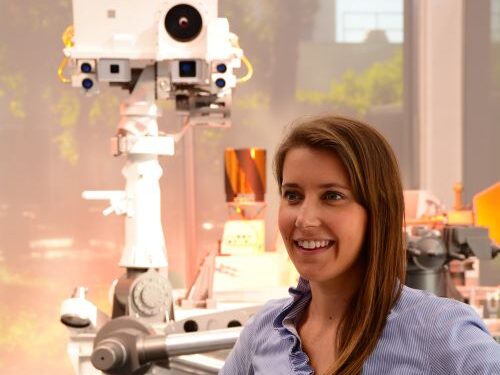
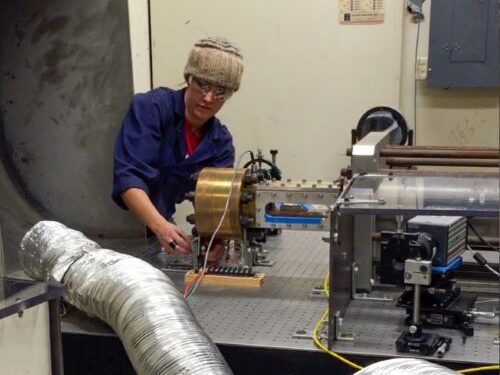
At the Fulbright Enrichment Seminar in Houston, Dr. Elizabeth Jens spoke to attendees about her own trajectory from Fulbrighter to renowned rocket scientist. Jens came to the United States from Australia as a Fulbright Foreign Student to Stanford University, where she earned a master’s and doctorate in aeronautics and astronautics. Today, she is a propulsion and systems engineer at NASA’s Jet Propulsion Laboratory (JPL) in California. She helps lead the team designing a new system to safely land the largest spacecraft ever attempted on Mars. Previously, she worked on a subsystem for the next Mars rover and on developing a small propulsion system to enable stand-alone interplanetary SmallSat missions. Jens has received four JPL Voyager Awards for her innovation and leadership.
Jens told the current Fulbrighters that she had “dreamed of helping humankind to explore space from a very young age,” and her Fulbright experience set her on the path to achieving this dream. During her time as a Fulbrighter, she took astronautical engineering classes that were not offered in Australia, and interned at the NASA Jet Propulsion Laboratory.
Jens shared that she had “incredible experiences” as a Fulbrighter, including “meeting a number of likeminded students” who became colleagues “from all over the world.” Fulbright was Jens’s first opportunity to build and test a “hybrid” rocket, one that uses both solid fuel and fuel in a gas or liquid state.
Based on the research she began during her Fulbright and her subsequent work in the field, Jens published the Hybrid Rocket Propulsion Design Handbook, providing engineers with design methodologies to develop realistic hybrid system designs. In 2018, Jens was honored as a Patron of Mateship, a 100-year old program by the Australian Embassy in Washington DC to promote the strong Australia-U.S. bilateral relationship, looking to strengthen the countries’ future cooperation on science and innovation policy.
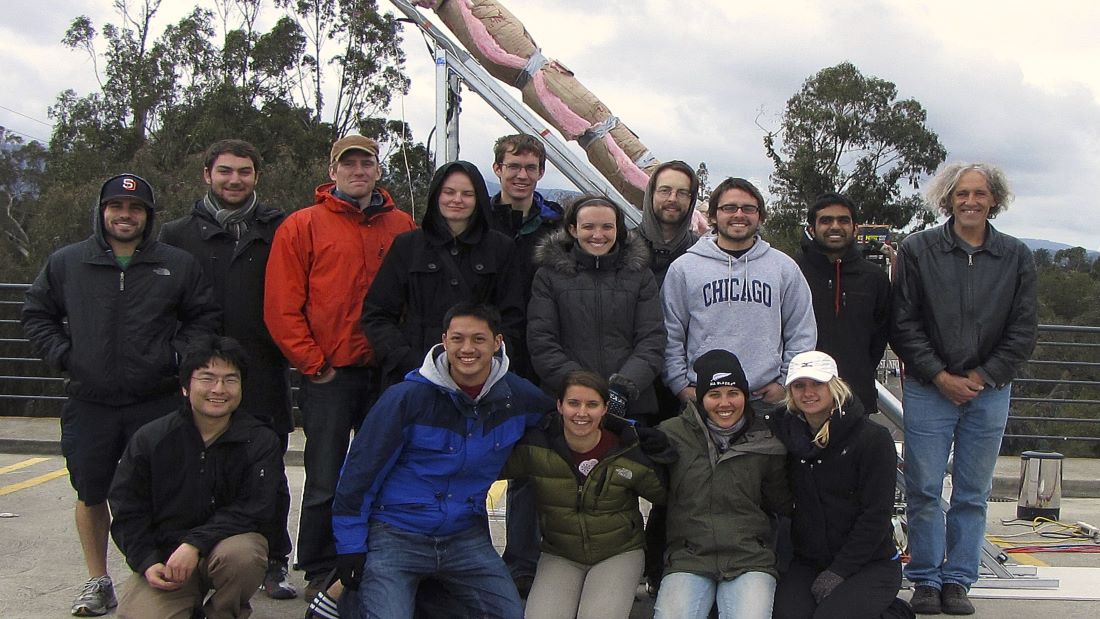
In addition to hearing from fellow Fulbrighter Jens, the attendees at the Fulbright Enrichment Seminar received a warm welcome from NASA Flight Director Elias Myrmo, who leads the mission control team to support the Artemis human spaceflight missions, making critical real-time decisions to keep the astronauts safe. Myrmo emphasized the importance of international collaboration, noting “it is not just the United States going to the Moon–it’s all of humanity going to the Moon.” Myrmo says Artemis has international components and involvement from private-sector technology companies that the Apollo missions didn’t have. “What NASA has learned over the past 20 years is that we need to do this as a group. It shares similar ideals to the Fulbright Program, which is that we work even better together.”
The Fulbrighters were also inspired by a presentation from Melodie Yashar, a Space Architect who is leading an effort to use 3D printing to build houses both on and off this planet. The technique has been used to address the global problems of homelessness and emergency housing after natural disasters. Yashar says that applying these methods to space “pushes science, engineering, technology, and architecture to literal new heights,” seeking to process local lunar regolith (Moon dust) into a super strong building material and then 3D-print structures with it. Having come from an interdisciplinary background, Yashar says the confluence of different fields allows problem solving to become a more collaborative exercise.
This spirit of multi-disciplinary problem solving, and the focus on collaboration, resonated with Fulbrighters from all different fields, from food security, to economics, law, and materials science, whether they had professional connections to space or have just been captivated by the night sky.
Evangelia Gkaravela, a Fulbrighter from Bulgaria at Stevens Institute of Technology, said that hearing about the 3D printing innovation was particularly intriguing because it relates to her research, which focuses on complex space systems with an emphasis on in situ resource utilization on the Moon and Mars. ”During my Fulbright experience, I’ve connected with a diverse group of people, including experts from NASA, researchers, and passionate individuals form the American space industry and beyond,” Gkaravela said. She reported that the seminar’s focus on interdisciplinary collaboration inspired her and reinforced her commitment to pursuing innovative technologies for space exploration in her future projects.
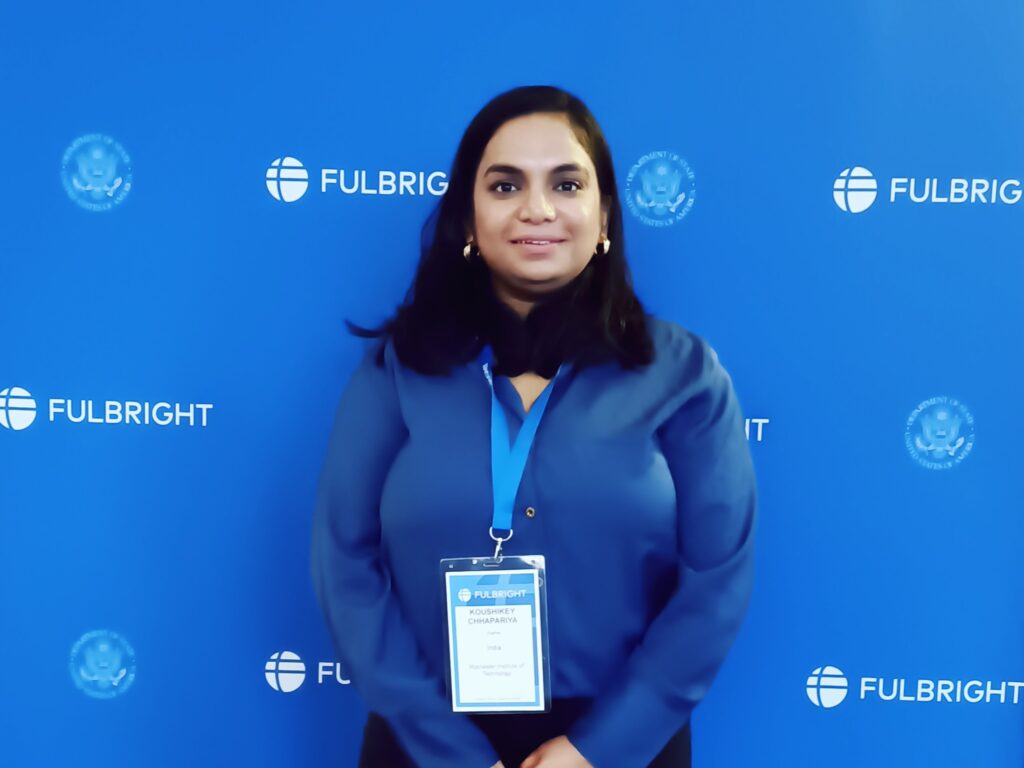
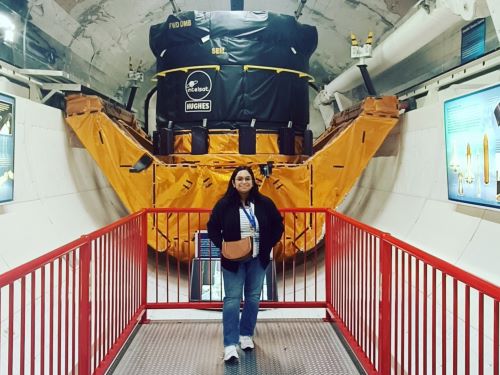
Koushikey Chhapariya, a Fulbrighter from India, says that the Fulbright Enrichment Seminar on space exploration has been the highlight of her Fulbright so far. Chhapariya is based at the Indian Institute of Technology, Bombay (IIT). She is conducting doctoral research in satellite image processing at Rochester Institute of Technology. She has been developing satellite image algorithms for applications such as crop health monitoring and environmental change detection. Her Fulbright has enabled her to learn how a satellite collects data and those data can be humanized.
Chhapariya says that the seminar provided a unique opportunity to visit mission control centers and gain insight into the parameters, context and complexities of launching satellites into space. The connections forged through Fulbright, and the exposure to practical aspects of satellite missions have significantly enhanced her research capabilities. According to Chhapariya, “these experiences will undoubtedly play a crucial role in shaping my future endeavors in the field.”
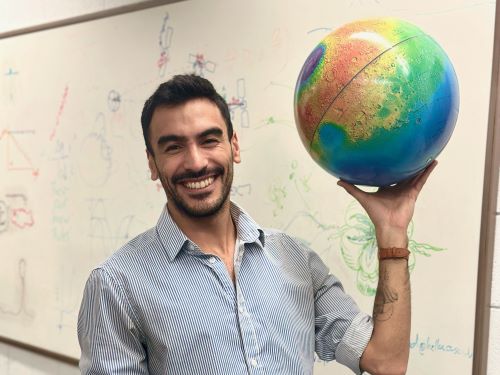
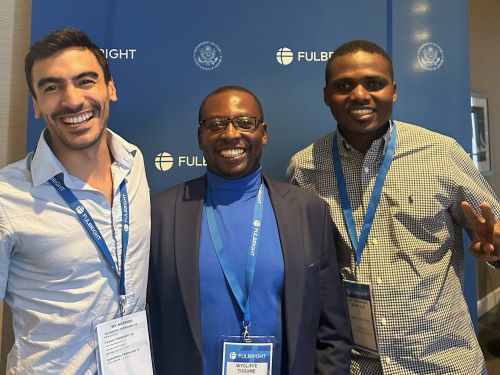
Juan Manuel Losarcos, a Fulbrighter from Argentina, reports the Fulbright seminar allowed him to engage in meaningful networking with other planetary scientists and industry leaders. “The space science community is small, and having the chance to meet students and professionals who share your dreams and passion is absolutely incomparable!”
Losarcos is hosted by the University of Illinois, Chicago, where he is conducting planetary geophysics research for his doctorate to detect lunar and Martian lava tubes using gravity data. He connected with a Chilean Fulbrighter whose university now hopes to collaborate with the Argentine company where Losarcos had been working to develop a new payload for the first Latin American lunar rover.
Losarcos said the Fulbright Enrichment Seminar allowed him to fulfill his dream of visiting a NASA facility. “This experience has given me the motivation and energy to continue working hard to effect real change in humanity’s story. The stars are closer than we think, and I’m ready to reach them!”
